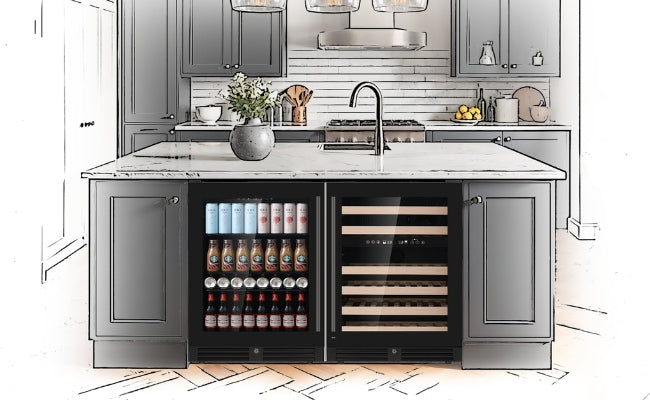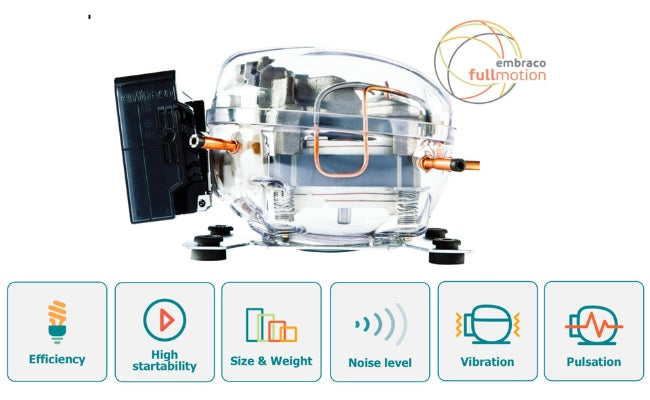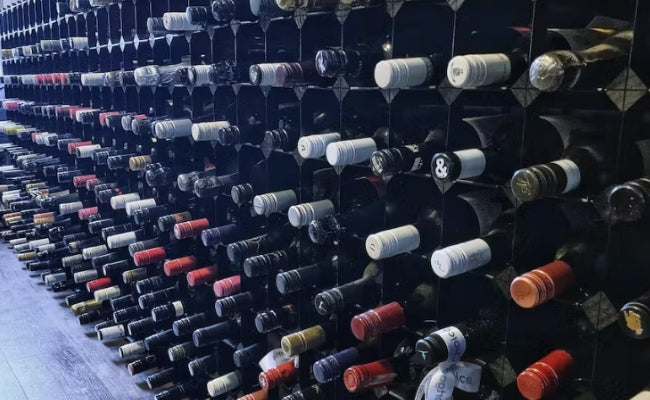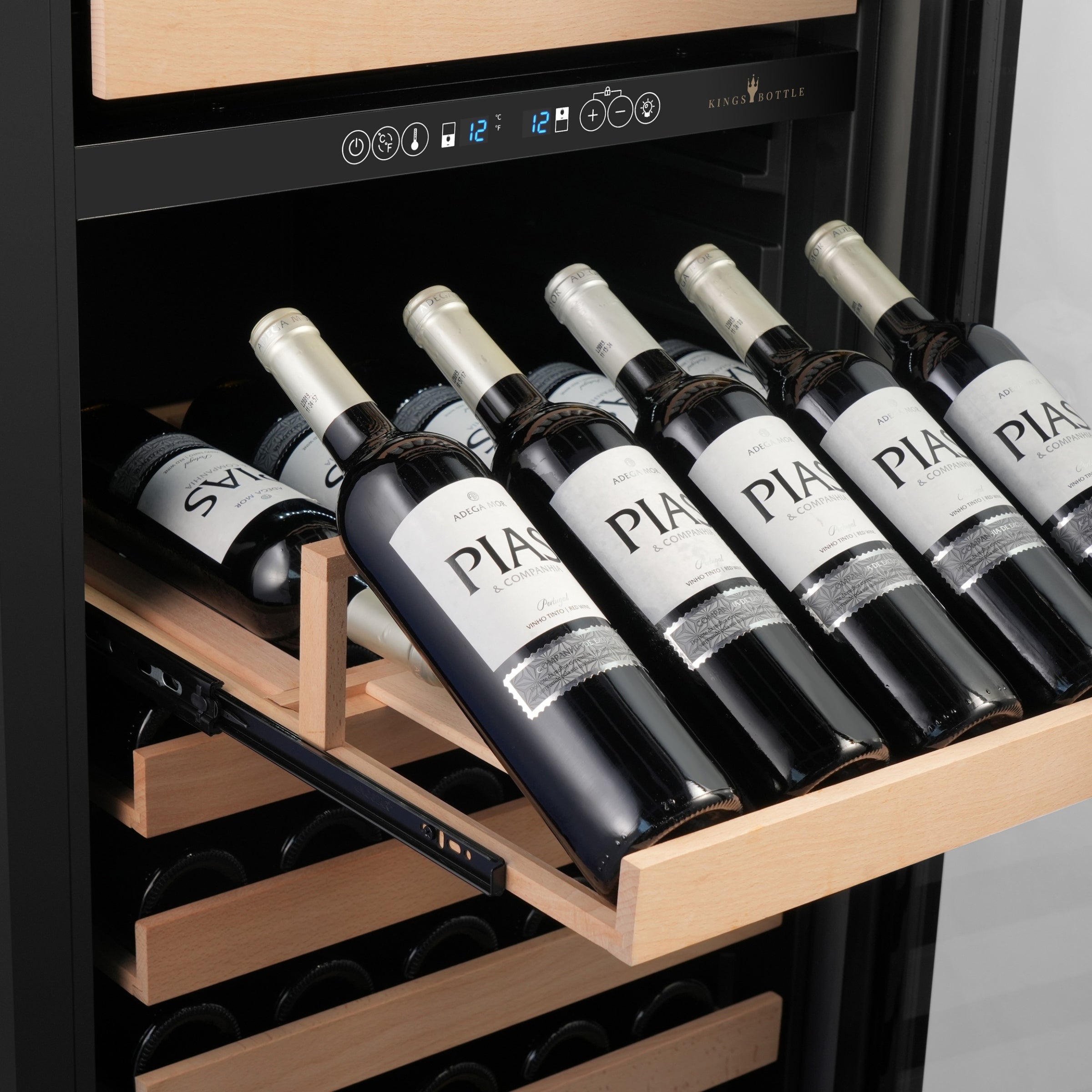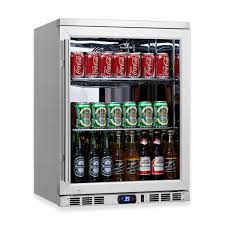
How Long Can You Store Beer in a Beer Fridge?
Beer enthusiasts routinely find themselves wondering how long their favorite brews can be safely stored in a beer fridge without sacrificing flavor or quality. Whether you're building your own home bar, collecting limited-edition bottles, or simply keeping a steady supply of your go-to lagers ready for game night, proper storage is crucial.
Beer may not “go bad” in the way milk or meat does, but the right conditions - and a good beer fridge - can mean the difference between cracking open a liquid masterpiece or sipping a stale, lifeless brew. Let’s dive deep into the science, best practices, signs of spoilage, and actionable tips for maximizing your beer’s shelf life.
Why Beer Storage Really Matters
It’s easy to underestimate beer’s sensitivity to environmental conditions. After all, compared to wine or spirits, beer seems like a simple, sturdy beverage. In reality, beer is surprisingly delicate - especially given the explosive flavors and high standards of today’s craft brewing world.
Each part of a beer’s journey, from its time in the brewery to its final moments in your fridge, affects its taste, aroma, and appearance. Properly storing your beer is about protecting the liquid from its greatest enemies: heat, light, and oxygen. These forces collaborate to degrade the compounds responsible for beer’s freshness, complexity, and pleasure.
Enter the beer fridge - a dedicated appliance that creates an ideal environment to slow down these negative effects. Beer fridges don’t just cool your brews; they guard against light exposure and keep the temperature stable, both of which matter deeply for keeping your beer at its very best.
The Science Behind Beer Aging and Spoilage
To truly appreciate why conditions matter, it helps to understand what takes place inside every bottle and can over time. Let’s break it down:
-
Temperature: Beer’s number one enemy is heat. Even short stints at room temperature or, worse, a hot environment, accelerate the chemical reactions that diminish flavor and stale beer. A beer fridge, by maintaining a steady 35–45 degrees Fahrenheit (that’s around 2–7 degrees Celsius), acts much like a time machine - slowing down staling and preserving delicate hop aromas and yeast-driven flavors for as long as possible.
-
Light: Sunlight, and even strong indoor lighting, is devastating to most beer styles - particularly those packaged in green or clear bottles. Light exposure triggers a process called “skunking,” where volatile hop compounds transform and create a sulfurous, unmistakably bad odor. Beer fridges with opaque doors thoroughly shield bottles from this risk.
-
Oxygen: Despite today’s advanced bottling and canning technology, a small amount of air almost always seeps in over time, especially with bottles. Even a little oxygen can oxidize the beer, flattening flavors and introducing cardboard or papery tastes. Storing beer upright in your fridge helps minimize the time the beer is touching the air at the top of the bottle or can.
-
Packaging: Not all containers are created equal. Cans are the gold standard for both light and oxygen protection. Brown glass bottles are good, green bottles are only fair, and clear bottles are a liability for anything you wish to store beyond a few weeks. Growlers, crowlers, and homebrew bottles typically have the shortest lifespan and should always be refrigerated as soon as possible.
-
Beer Style and Alcohol Content: Some beers are born fragile and intended for quick consumption, while others are meant to be aged. In general, high-alcohol, heavily malted, or barrel-aged beers are more resilient and sometimes develop better complexity after months or years. Low-alcohol, hop-forward, and wheat-based beers are much more perishable.
How Long Does Beer Last in a Beer Fridge?
The answer always depends on a few key factors: style, alcohol content, packaging, and whether the beer is opened or unopened. 1. Lagers and Pilsners
-
Shelf Life: 6–12 months, drink freshest
-
Why: Light, crisp beers show staleness and flavor degradation faster than darker, maltier styles.
-
Tip: Lager fans should aim to drink within 4–6 months of purchase.
2. Pale Ales, India Pale Ales (IPA), & NEIPAs
-
Shelf Life: 3–6 months best, some up to 9 months
-
Why: Hop oils degrade quickly even in the fridge; bold aromatics will turn flat and cardboard-like with time.
-
Tip: For maximum hoppy flavor, drink hazy and hop-forward beers within 60–90 days of packaging.
3. Stouts, Porters, Strong Ales (Imperial, Barleywine, etc.)
-
Shelf Life: 1–2 years (sometimes longer for high ABV)
-
Why: Roasted malt and high alcohol act as natural preservatives, and some flavors improve over time.
-
Tip: Keep bottles upright to avoid oxidation from cork/cap contact.
4. Barrel-Aged Beers
-
Shelf Life: 2–5 years, sometimes more
-
Why: The higher alcohol and barrel complexity often mask the minor flavor evolutions. These beers are frequently designed for aging.
-
Caveat: Not all barrel-aged beers get “better” with time. If the brewery suggests drinking fresh, heed their advice.
5. Sour Beers & Wild Ales
-
Shelf Life: 1–5+ years
-
Why: Natural microorganisms can continue to ferment and add complexity with time.
-
Tip: Some bottle-conditioned sours develop new flavors year-by-year. Keep an eye on taste evolution if you cellar them.
6. Non-Alcoholic Beer
-
Shelf Life: 2–6 months, refrigerate immediately
-
Why: Lower alcohol content makes these beers less stable.
-
Tip: Always check the date on NA beer. Buy only what you’ll drink soon.
Best Practices for Maximizing Beer Freshness in Your Beer Fridge
To help you get the most out of every beer you store, follow these comprehensive tips:
1. Always Store Beer Upright:
Storing bottles and cans upright isn’t just neat - it actually slows oxygen ingress through the cap/can seal, and limits contact with the air inside. It also keeps sediment at the bottom.
2. Avoid Opening the Door Too Often:
Each time you open the fridge, the temperature inside goes up, which (even briefly) can affect beer quality.
3. Keep It Dark:
Use a solid-door fridge or cover glass doors to block light. Even indoor lighting can skunk beers in green/clear bottles in as little as 30 minutes.
4. Rotate Your Stock:
Always drink the oldest beers first - put new arrivals at the back and move older bottles/cans forward.
5. Track Your Inventory:
Write the purchase (or bottling) date on each bottle/can, or use a beer tracking app so you don’t forget what’s aging in the back!
6. Don’t Overstock:
It can be tempting to collect more than you can possibly drink in a year. Remember that most beers are best enjoyed fresh - especially hoppy and lighter styles.
Recognizing When Beer Has Gone Bad
All beers will eventually succumb to the passage of time - some quickly, some much more slowly. Use your senses to detect spoilage or staling before pouring a glass:
-
Visual Cues: A beer that pours with no head, shows unusual cloudiness (unless it’s a style that should be hazy), displays floating particles, or has changed color (especially a darker hue for lagers or pale ales) may have aged poorly.
-
AromThe unmistakable scent of wet cardboard, paper, or a musty, moldy whiff signals oxidation and staleness. A strong skunky smell (think of a freshly sprayed skunk) means the beer was exposed to light.
-
Taste: Old beer tastes unexpectedly sweet, flat, or lifeless. Hoppiness fades, maltiness becomes one-dimensional, and sourness or metallic notes may creep in. If it tastes cheesy, musty, or sour when it shouldn’t, the beer is best poured out.
Setting Up and Maintaining Your Beer Fridge
Your beer fridge is more than just an appliance - it’s a guardian of taste. Here’s how to keep it in peak shape:
-
Clean it thoroughly before first use. Wipe all shelves and the interior with a mild, food-safe cleaner. Let dry, then air out for a day.
-
Set your temperature. 38–40°F (3–4°C) is perfect for almost all beer. Don’t go below 34°F - risk of freezing.
-
Organize by style and purchase date. This makes it easy to find what’s fresh and what’s aging.
-
Use a digital thermometer (if possible). Ensure accurate, stable temperature, especially if your fridge gets opened and closed often.
-
Label prized/vintage bottles. Use stick-on labels or a cellar book for high-value beers, noting purchase and “open by” dates.
-
Check regularly for leaks or off smells. Clean spills quickly; a sticky fridge can transfer off-flavors to your beer!
Frequently Asked Questions About Beer Storage
Can old beer make you sick?
Generally, no. Most beer won’t harbor dangerous bacteria due to its alcohol and hop content. Worst case, it tastes awful, but it is rarely risky.
Does freezing help beer last longer?
No! Freeze-thaw cycles cause staling, break carbon dioxide out of solution, and can shatter bottles or pop cans.
Can all beers be aged?
Only beers with 8%+ ABV, high sugar content, or those designed for aging (imperial stouts, barleywines, sours) will improve with prolonged cold storage. Most others just decline.
Why can’t I just keep beer at room temperature?
In warmer temps, beer ages several times faster. Hoppy beer will lose aroma and bite in just weeks; lagers and pilsners become bland.
How do I know a beer is too old?
Look for the warning signs noted above - especially stale, papery taste and flat aroma. Always check best-by or bottling dates.

